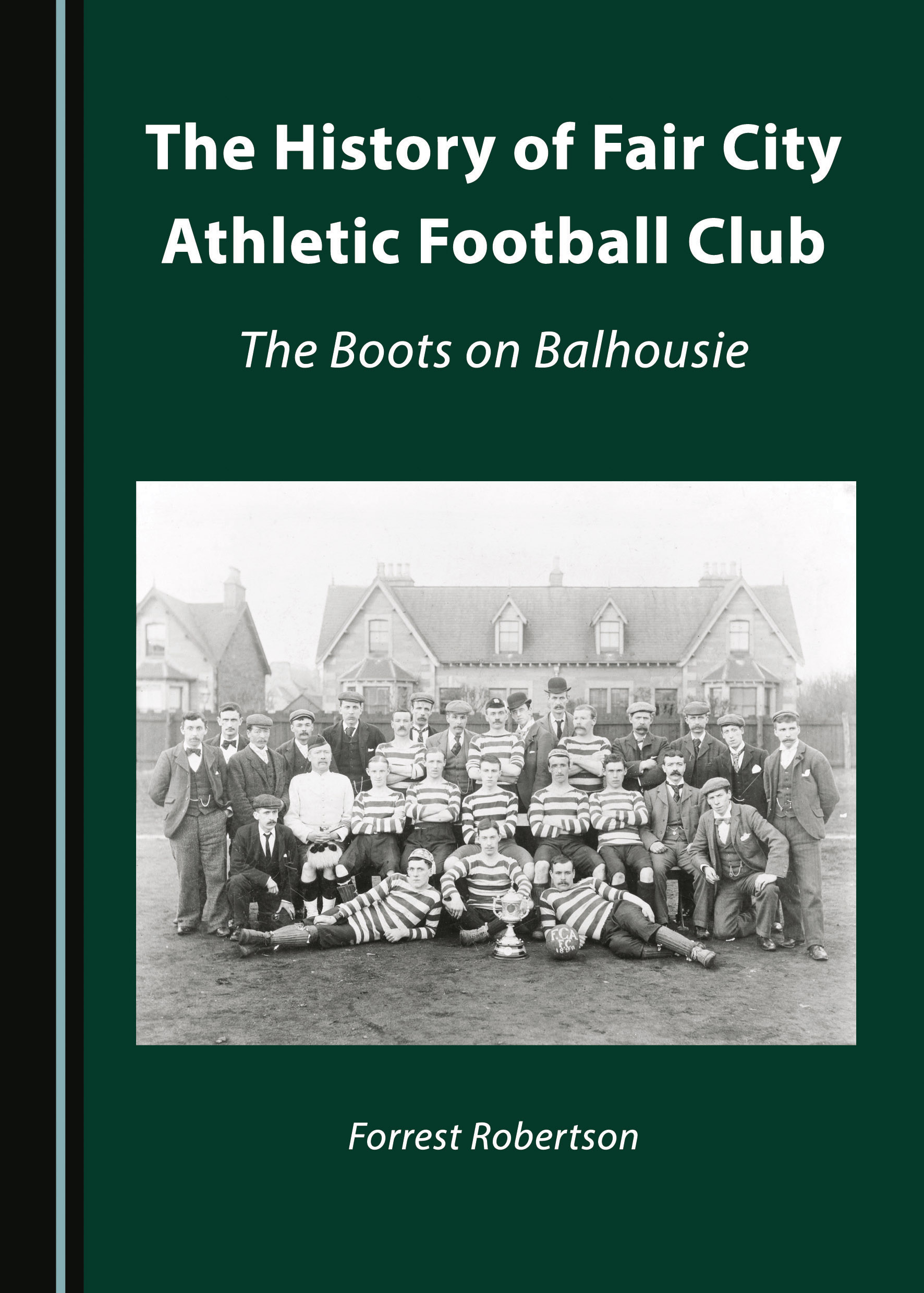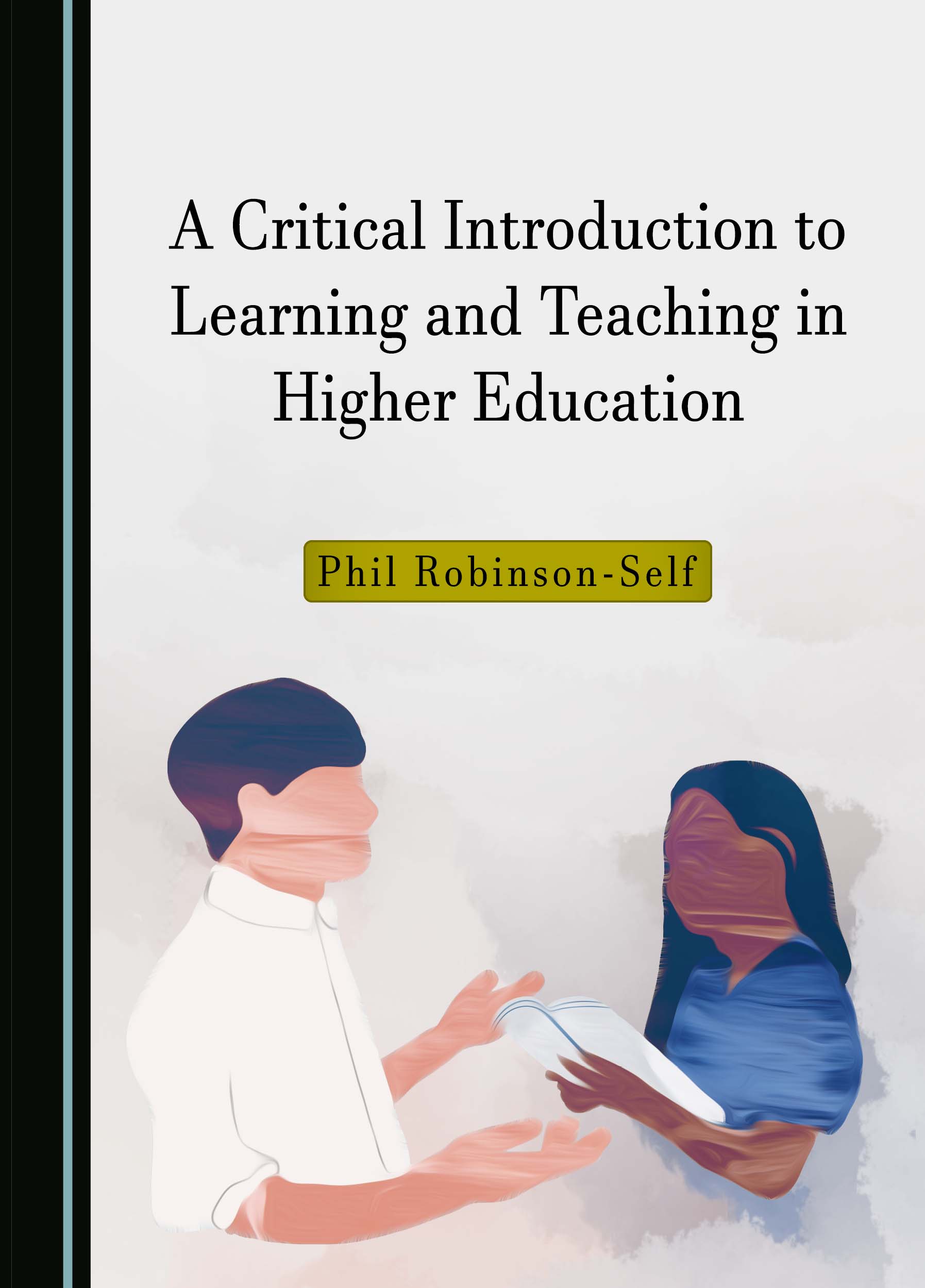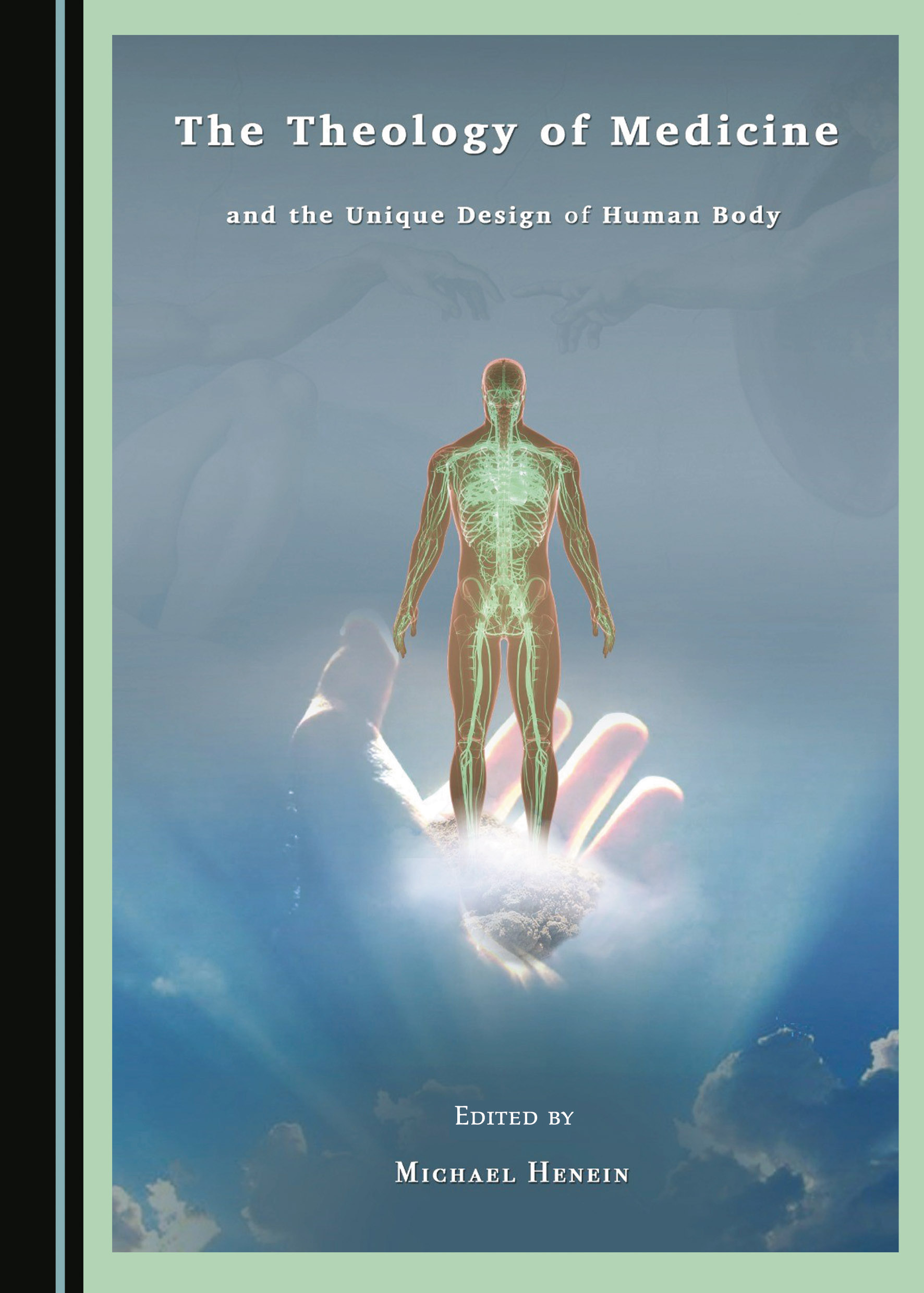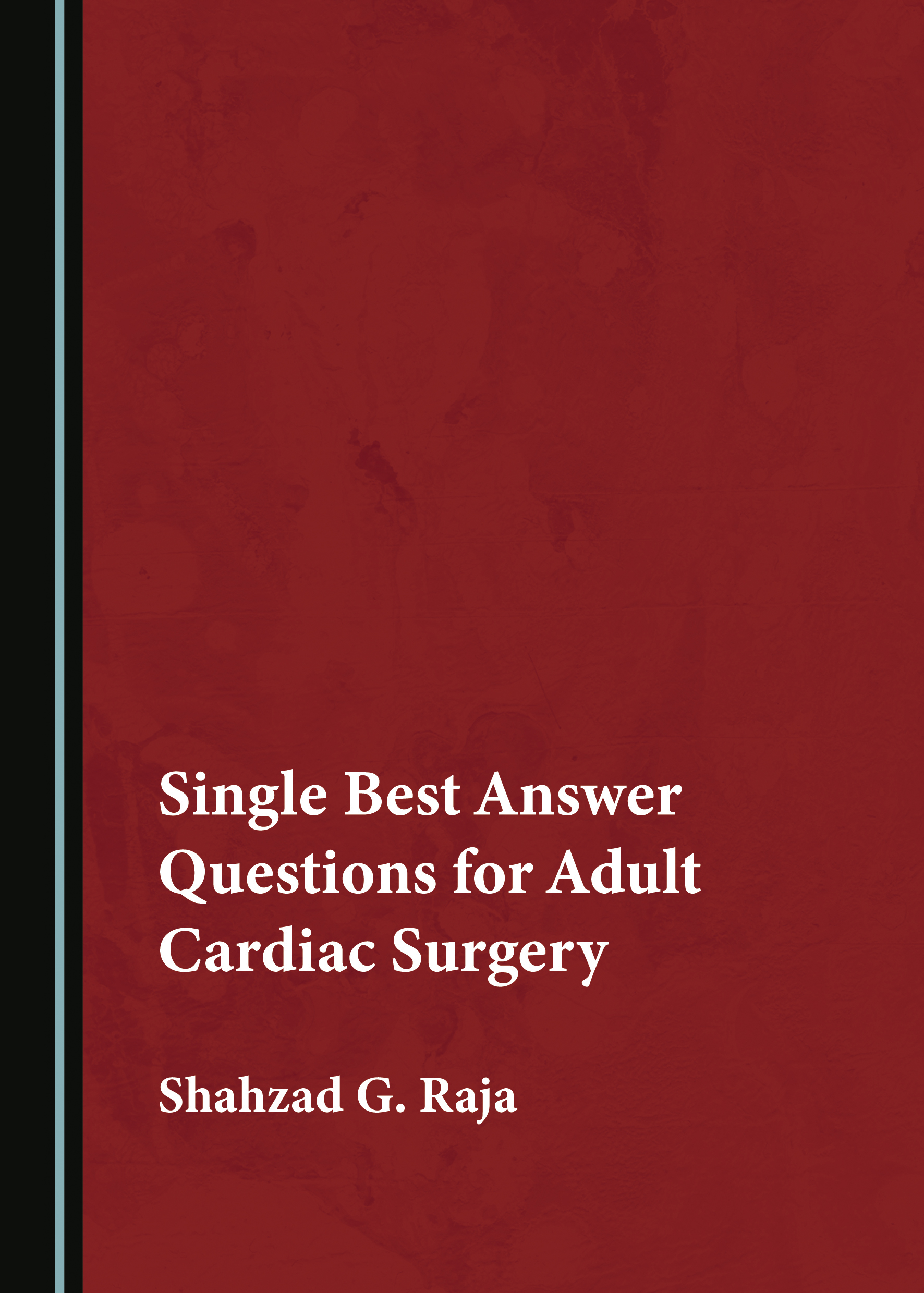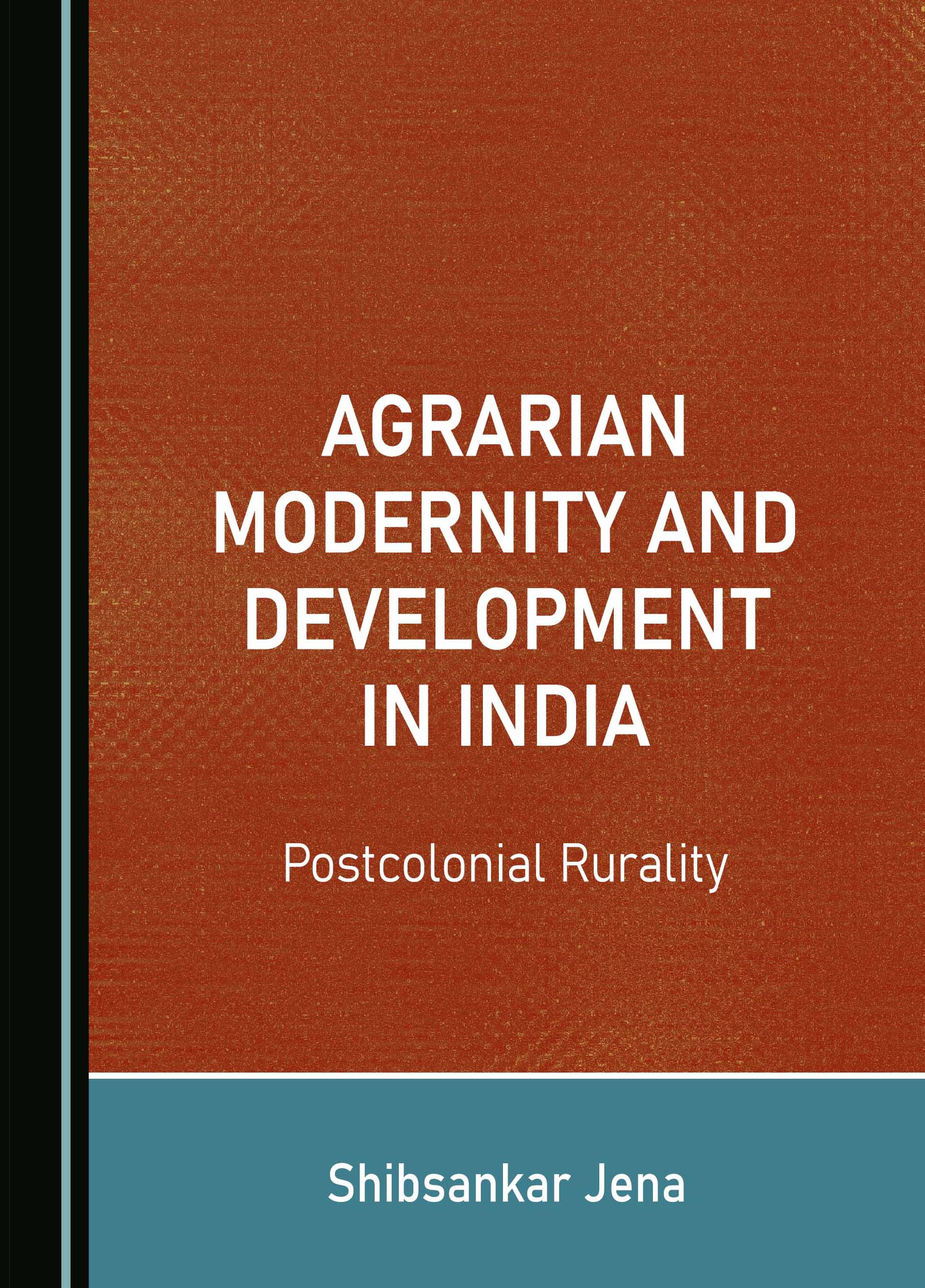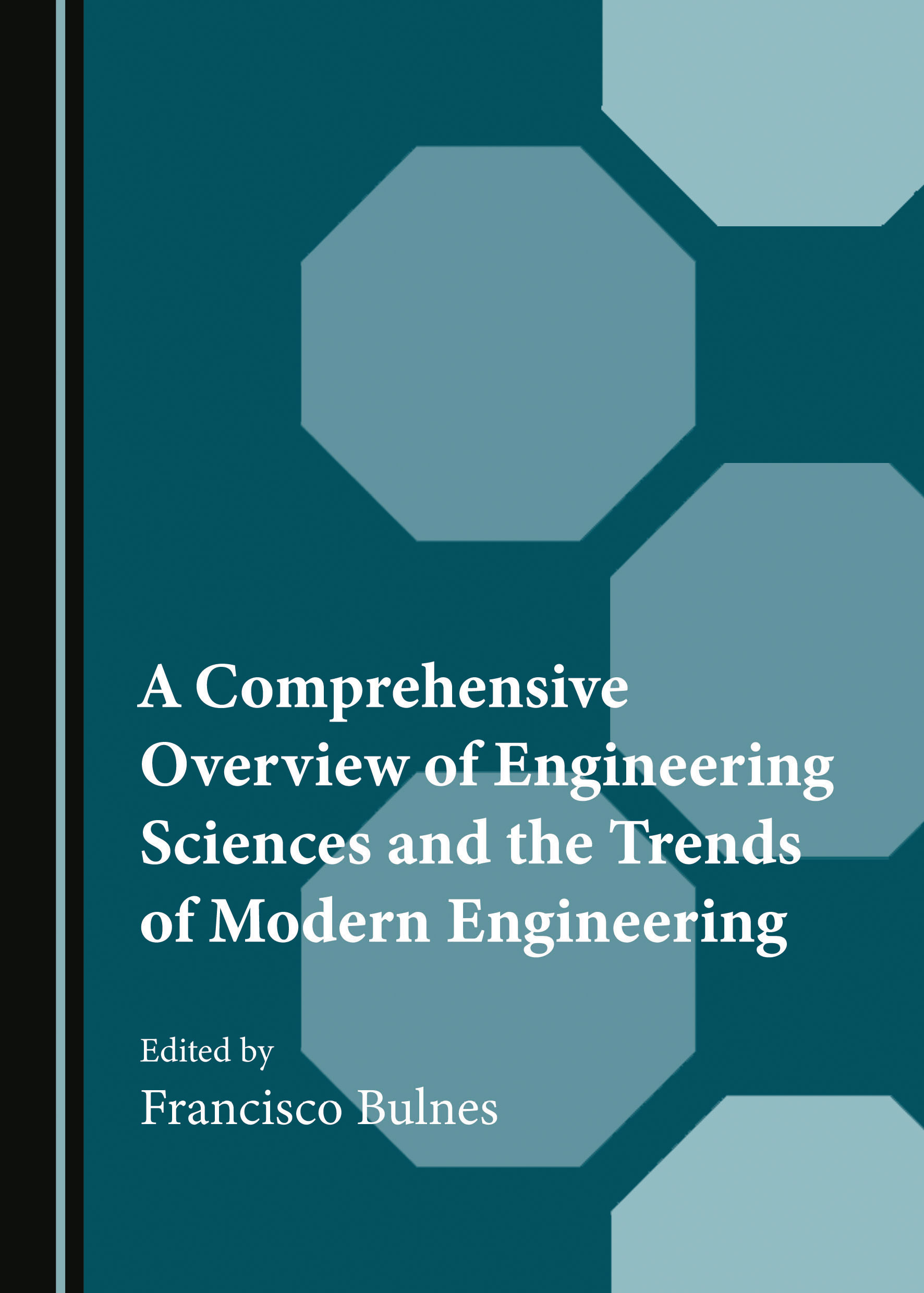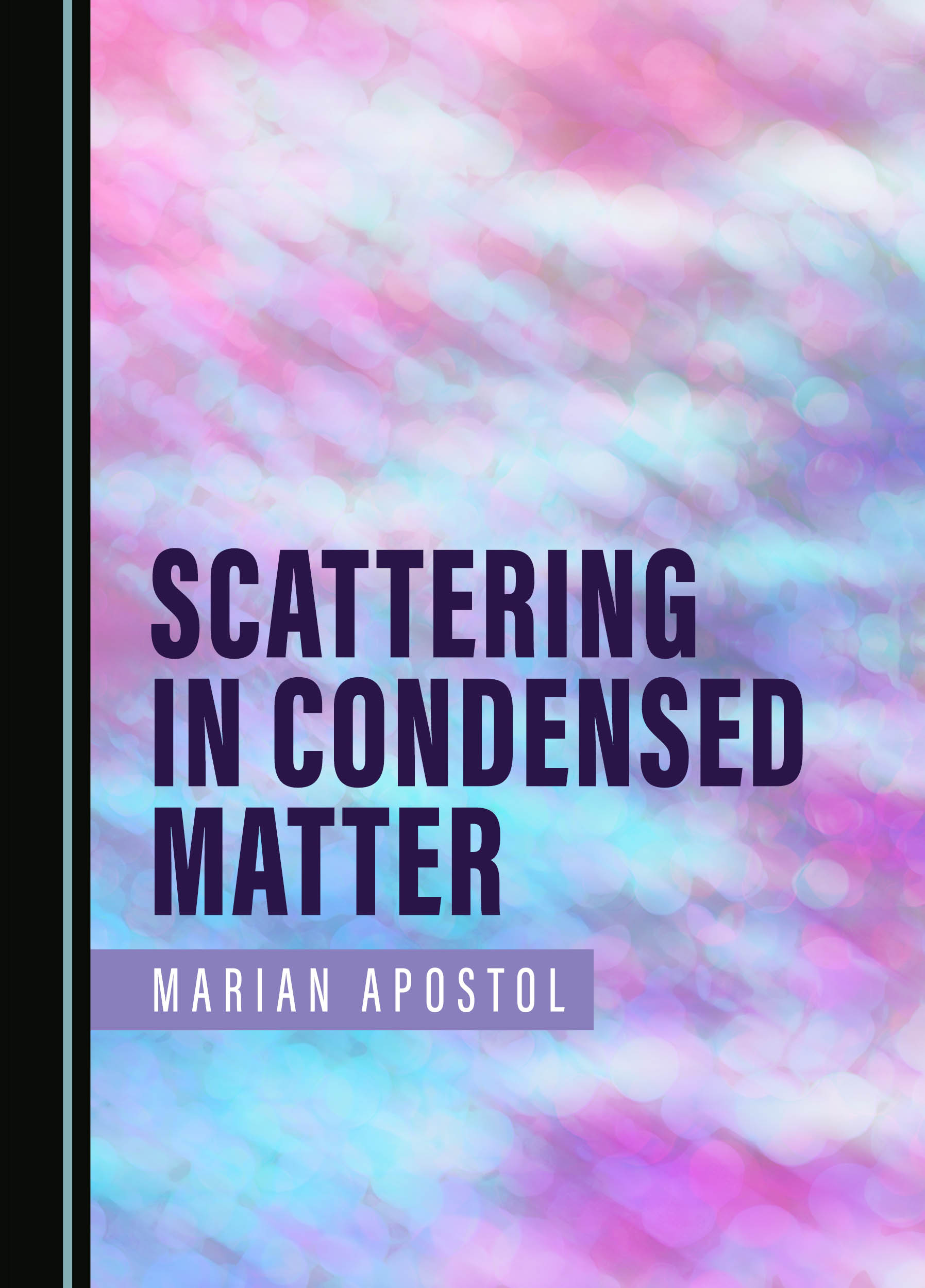Experimental Archaeology and Neolithic Architecture: Between Design and Construction
Our understanding of the construction processes involved with British Neolithic architecture needs further investigation. The people were preliterate and there is no archaeological evidence of written or pictorial information regarding construction. So how could they build complex monuments like Stonehenge without a plan?
This book argues that the Neolithic builders used rudimentary techniques to plan before building their monuments (circa 4000 – 2500 BC) – essentially, using ropes to set out the physical design of any structure they intended to build, whilst finger reckoning numeracy dictated how their measured ropes were folded to position the monument’s features. Finally, they used the sun’s shadow at midday to achieve orientation.
To support this premise, the book offers both the results of the author’s “rope experiments” and instructions for repeating them. Importantly, this form of experimental archaeology delivers a unique approach for understanding the nature of complex Neolithic architecture. Essentially, the book explains the mental processes involved between design and construction.
Dr John Hill is an experimental archaeologist. His field of research investigates the architectural designs of British Neolithic structures, including both domestic structures and ceremonial monuments. He utilises his original, practical techniques of experimental archaeology in order to determine how the Neolithic communities could have designed and constructed such impressive structures using rudimentary methods (methods which he believes were within the physical and mental capabilities of the prehistoric communities). Although he is now retired, he still finds time to teach archaeology and history at the University of Liverpool’s Continuing Education Department in the UK, as well as its International Summer School.
There are currently no reviews for this title. Please do revisit this page again to see if some have been added.
Buy This Book








